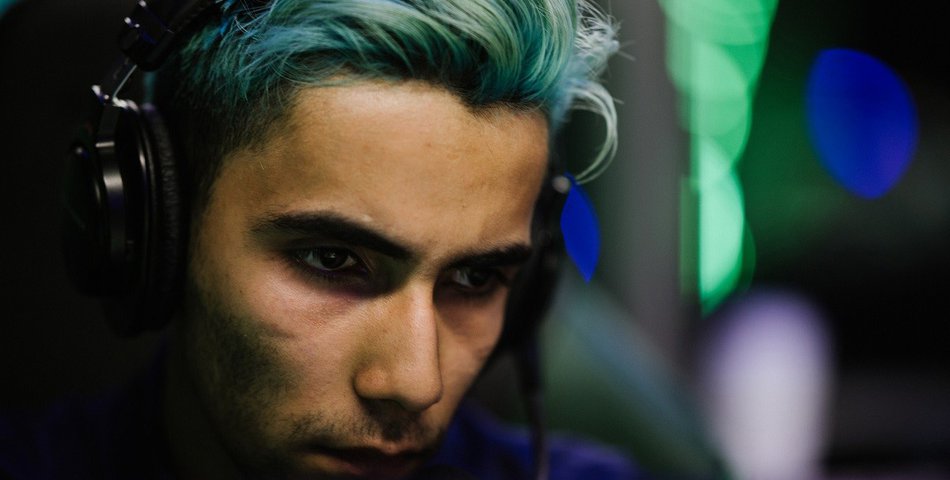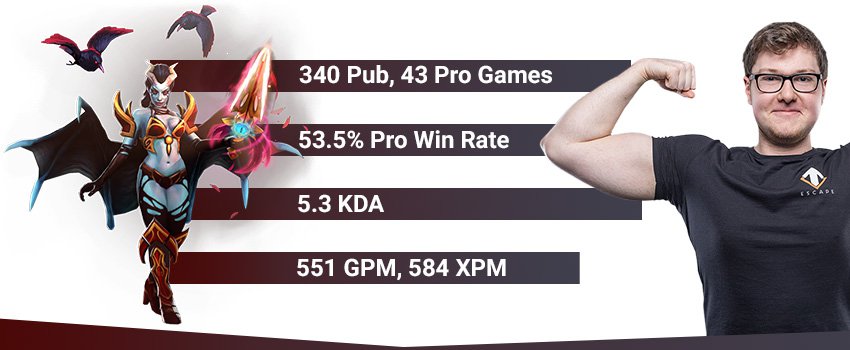Some betting sites put EG as 80-20 favorites against NiP. Bearing past results and games in mind, as well as the fact the NiP are playing with a stand-in, this was not a huge surprise. Sumail seems to be in peak form, and when the young prodigy flexes his mechanical muscle, surely no one can stand in his way.
The analysis and commentary team at the major also gave the impression that they believe EG is the better team. After game one, (in which EG completely stomped with the help of Sumail’s brilliant Ember) this belief was reinforced. During the draft of game 2, the analysis desk reached the conclusion that NiP had the better draft.
Nonetheless, everyone was inclined to believe that EG will take the game anyway. Only BSJ gave his prediction to NiP, but he gave it so that “if NiP wins he’ll look like a genius” – i.e. he still believed EG has the better chance but wanted to go against everyone to make things interesting.
Let’s agree that EG is mechanically the better team for the sake of argument. If this is true, how did NiP manage to beat them and can we replicate what they are doing in our own games?






